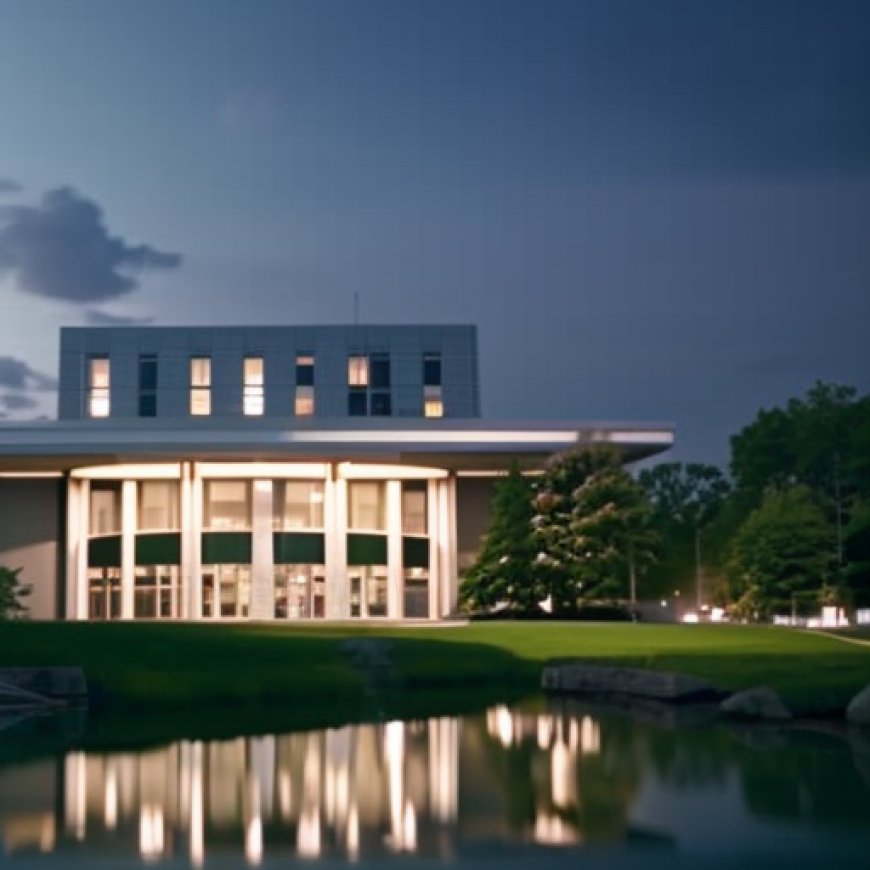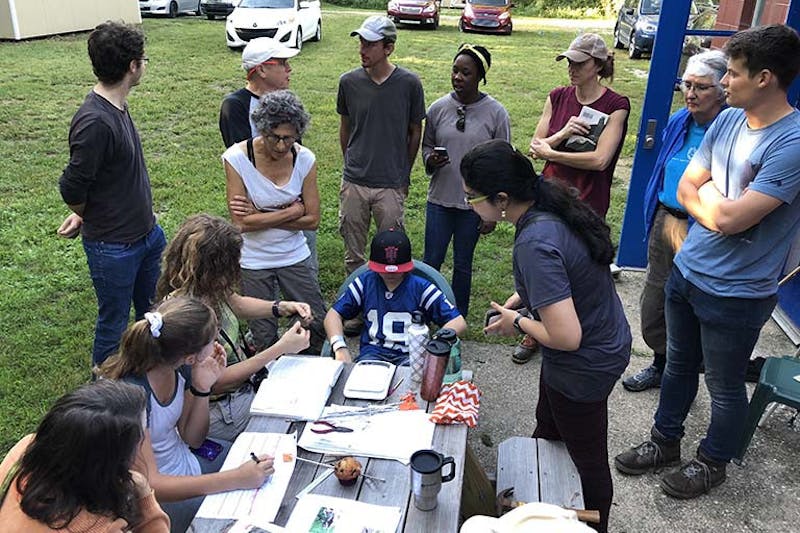IU Midwest Center for Biodiversity to research, advocate against biodiversity loss
IU Midwest Center for Biodiversity to research, advocate against ... Indiana Daily Student


IU Announces Founding of Midwest Center for Biodiversity

The Indiana University (IU) has recently announced the establishment of the Midwest Center for Biodiversity, located at Kent Farm outside of Bloomington. The center, which is a part of the College of Arts and Sciences, serves as a space for researchers studying biodiversity loss at local and regional levels.
Inspiration and Objectives
The co-directors of the center, Ellen Ketterson, an IU biology professor, and Alex Jahn, an IU biology research scientist, were motivated to create the center after reading a 2019 report published in the journal “Science” that highlighted a significant decline in bird populations since 1970, amounting to a decrease of 3 billion birds. This alarming statistic prompted them to expedite research efforts to address biodiversity loss and mitigate its consequences as quickly as possible.
Furthermore, Ketterson and Jahn recognized the need for a center like this at IU due to the scarcity of similar organizations in the Midwest. They observed that most non-governmental organizations focused on biodiversity were located on the coasts, leaving the Midwest with its own unique set of challenges, including urbanization and deforestation. The loss of wildlife in the region also has adverse effects on seed dispersal and pest control.
Multidisciplinary Approach
Ketterson and Jahn, whose research primarily centers around birds, acknowledged that addressing biodiversity loss required a multidisciplinary approach. In addition to studying birds, the center will support research on topics such as plant diversity and ecology, conservation law, and the roles of insects and water in ecosystems. To achieve this, researchers from various departments, including the Media School, the O’Neill School of Public and Environmental Affairs, the Conservation Law Center, and the IU Environmental Resilience Institute, were involved in the development of the center.
Undergraduate and Graduate Research
The center is hosting undergraduate and graduate research projects aimed at investigating the causes of the declining bird population. One ongoing project, conducted in collaboration with researchers from Ohio University, focuses on examining the impact of artificial light at night on birds’ migratory behavior and physiology. Another project involves studying fatal bird crashes in windows around Bloomington, led by Malaak Alqaisi, an IU sophomore studying biology. Alqaisi and her team have recorded 351 bird deaths due to window strikes on campus buildings, highlighting the need for viable solutions to protect birds from such collisions.
Collaboration and Community Engagement
The center is collaborating with organizations across the country to study biodiversity issues. To track bird movement across the changing Midwest, researchers have tagged birds and set up signal towers as part of the Motus Wildlife Tracking regional network. However, Ketterson emphasized that research alone is insufficient in addressing biodiversity loss. Raising awareness among the public is crucial. The center is actively engaged in community education programs hosted at Kent Farm, such as the “From Feathers to Flight” camp for fourth through eighth graders, which aims to teach children about bird ecology and foster a conservation mindset. This community engagement is vital for translating research findings into policy and garnering support from the community.
SDGs, Targets, and Indicators Identified in the Article
| SDGs | Targets | Indicators |
|---|---|---|
| SDG 15: Life on Land | Target 15.5: Take urgent and significant action to reduce the degradation of natural habitats, halt the loss of biodiversity, and protect and prevent the extinction of threatened species | Indicator not mentioned in the article |
| SDG 4: Quality Education | Target 4.7: By 2030, ensure that all learners acquire the knowledge and skills needed to promote sustainable development, including among others through education for sustainable development and sustainable lifestyles, human rights, gender equality, promotion of a culture of peace and non-violence, global citizenship, and appreciation of cultural diversity and of culture’s contribution to sustainable development | Indicator not mentioned in the article |
| SDG 17: Partnerships for the Goals | Target 17.16: Enhance the Global Partnership for Sustainable Development, complemented by multi-stakeholder partnerships that mobilize and share knowledge, expertise, technology, and financial resources, to support the achievement of the Sustainable Development Goals in all countries, in particular developing countries | Indicator not mentioned in the article |
1. Which SDGs are addressed or connected to the issues highlighted in the article?
The issues highlighted in the article are connected to SDG 15: Life on Land, SDG 4: Quality Education, and SDG 17: Partnerships for the Goals.
2. What specific targets under those SDGs can be identified based on the article’s content?
Based on the article’s content, the specific targets that can be identified are:
- Target 15.5: Take urgent and significant action to reduce the degradation of natural habitats, halt the loss of biodiversity, and protect and prevent the extinction of threatened species
- Target 4.7: By 2030, ensure that all learners acquire the knowledge and skills needed to promote sustainable development, including among others through education for sustainable development and sustainable lifestyles, human rights, gender equality, promotion of a culture of peace and non-violence, global citizenship, and appreciation of cultural diversity and of culture’s contribution to sustainable development
- Target 17.16: Enhance the Global Partnership for Sustainable Development, complemented by multi-stakeholder partnerships that mobilize and share knowledge, expertise, technology, and financial resources, to support the achievement of the Sustainable Development Goals in all countries, in particular developing countries
3. Are there any indicators mentioned or implied in the article that can be used to measure progress towards the identified targets?
No indicators are mentioned or implied in the article that can be used to measure progress towards the identified targets.
Behold! This splendid article springs forth from the wellspring of knowledge, shaped by a wondrous proprietary AI technology that delved into a vast ocean of data, illuminating the path towards the Sustainable Development Goals. Remember that all rights are reserved by SDG Investors LLC, empowering us to champion progress together.
Source: idsnews.com

Join us, as fellow seekers of change, on a transformative journey at https://sdgtalks.ai/welcome, where you can become a member and actively contribute to shaping a brighter future.







